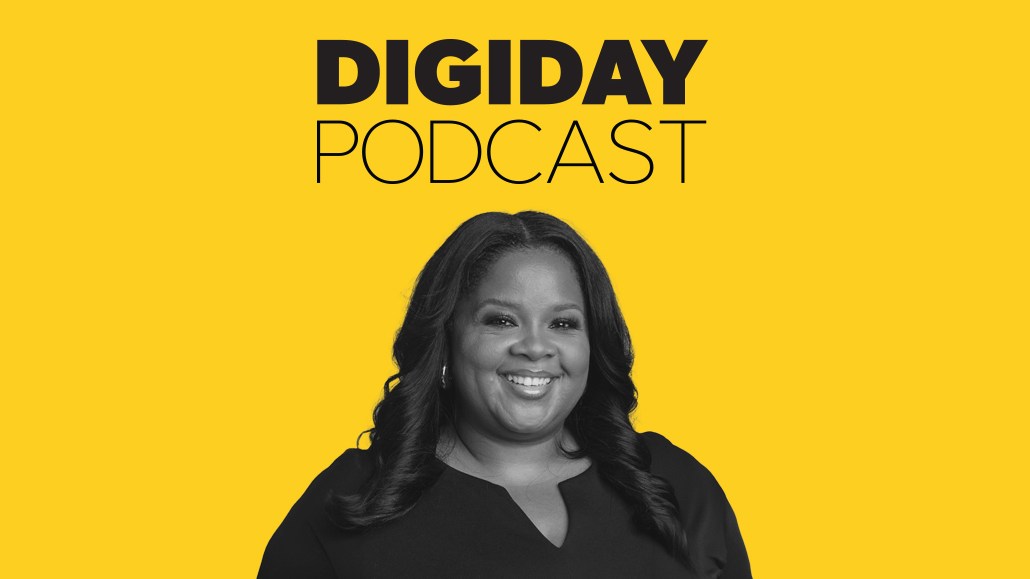‘A joint effort’: How Wells Fargo sets expectations for how it works with influencers

Subscribe: Apple Podcasts • Spotify
As the creator economy grows, the very definition of what makes a creator or influencer changes. It has expanded to be inclusive of everything from college athletes under the name, image and likeness (NIL) policy change in 2021 to the latest crop of virtual influencers, springing up alongside generative AI advancements.
For Nicole Dye Anderson, svp, head of media relations and influencer strategy at Wells Fargo, influencers can extend to anything from celebrities to media personalities.
“[Traditional influencers] might have a strong social following and that’s extremely important, to have that strong social following as well,” she said. “But then again, as the newsrooms are shrinking, [shoppers] are looking to these [media influencers] as the experts.”
In this week’s episode, Anderson shares more about Wells Fargo’s influencer marketing strategy, how the financial institution mitigates backlash and defines authenticity.
Highlights from the conversation have been lightly edited and condensed for clarity.
Defining a media influencer
I feel sorry for my friends in traditional journalism right now because they could be here today and then tomorrow they’re getting laid off. We’re seeing it constantly. So, a person who is covering one or two beats now has to cover six. So they have to be a jack of all trades and the master of none. So they’re looking to these influencers to give them the latest scoop. And so that’s why I’m working directly with them as well-them, meaning the media influencers. Because they’re influencing on the social side. But now all of the traditional media that I would I pitched in the past are going to them as their sources. So that’s the folks that I want to be engaging with as well.
Redefining KPIs
I set them from the onset. How do I either meet or beat them? Ultimately, because I work for a bank or financial institution, it’s all about the numbers and it’s all about the bottom line. It’s a combination. We’re going to have the awareness, the engagement. It’s the old age. Do we measure with media impressions? I look at all of that for my old-school folks who need that, then also the engagement, the social, the likes the shares. But then also what I’m now able to measure is conversion and what we call that moment of truth. Did people see it? That’s awareness? Did the engage? Meaning, did they apply [for a credit card]? Then the conversion is, did they go on and actually apply? Then the moment of truth. Were they approved?
Influencer backlash
It has to begin in the beginning. I have to clean up, I can be an Olivia Pope. But if I don’t have to have it handled in the beginning, if you’re smart in your approach in the beginning in saying, “Here’s our goals and objectives and let’s see how this aligns with you,” we’re not going to get that backlash. On the front end of it, it’s having those conversations from the very beginning, setting the expectation. Then it also becomes a brainstorm. It’s a joint effort.
More in Podcasts

The top AI platforms for publishers, ranked
Digiday’s Jessica Davies and Sara Guaglione joined the Digiday Podcast to handicap the more than a half-dozen AI platforms, from Amazon to OpenAI, that have begun doing business with publishers.

CES 2026: Agentic AI hype vs. media buyers’ pragmatism
CES 2026 was all about agentic AI, but Digiday’s Seb Joseph shares why media buyers are approaching the hype around autonomous media buying with pragmatism over urgency.

‘The year where the dust settles’: Digiday editors share 2026 predictions
Between generative AI pilot projects and emerging agency hold co models, 2026 will be the year that signals turn into strategy.








